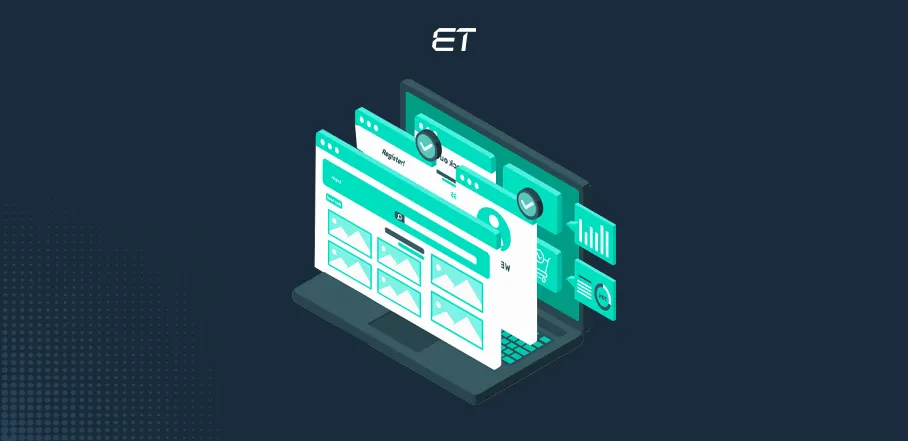
Apt Web Portal Examples for Your Next IT Project
Today, what would you prefer – a static restaurant menu or a platform through which you can order food from the same place? Obviously, your inclination must be towards the latter. If that’s the case, understanding web portal examples can prove helpful.
Web portals are all the rage now, and the numbers speak for themselves. These convenient digital gateways can grow at a CAGR of 14.4%, so businesses are investing in such platforms to attract and retain customers quickly.
You must be thinking, ‘How will the knowledge of web portals examples help me?’
Well, by discovering the sub-types of these portals, you can plan strategic digital initiatives. By going through the examples, you can recognize the value of personalization and explore potential applications. So, scroll ahead to grow your knowledge and initiate your next project confidently.
What is a Web Portal?
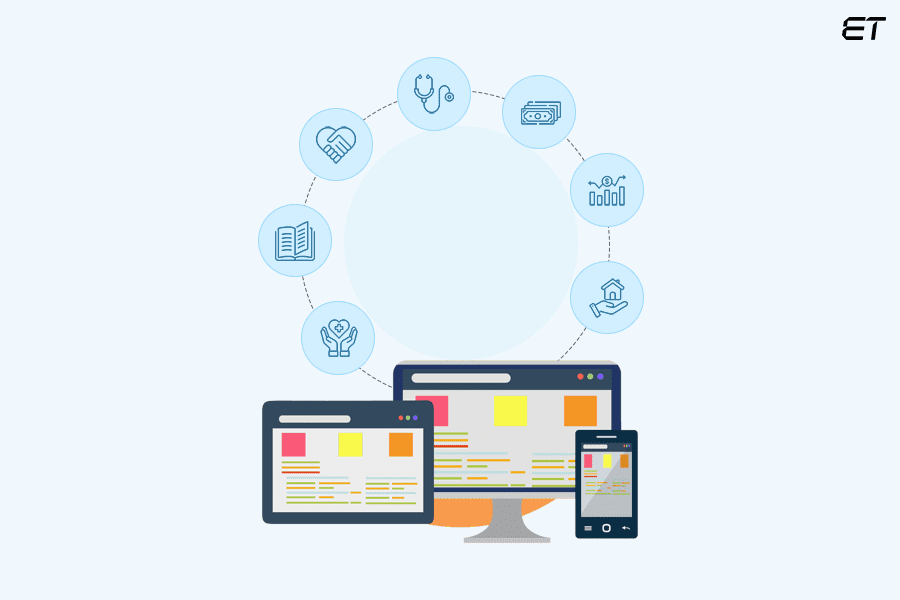
Before delving deep into the trending web portal examples, you should have a decent idea of this concept.
Simply put, a web portal is a type of website that acts as a unified platform for accessing a brand’s various services. It’s like an online mall that allows you to access multiple stores from one location.
Here are the key pointers of a web portal that you should know:
- You need to log into the portal with a distinct account
- The system personalizes content as per your preferences
- You can access various services through a web portal
- Yahoo!, Facebook, LinkedIn, and Amazon are some popular web portal examples
Usually, businesses choose specialized web portal development services to build an intuitive platform without any shortcomings. Some common examples include government portals, patient portals, vendor portals, insurance portals, ecommerce portals, employee portals, etc.
Need help building the best web portal for your business? Drop in your requirements and allow us to assist.
Why Should You Have a Web Portal?
A web portal is a dynamic hub that consolidates information and services. Whether you’re a business, organization, or community, this platform provides a centralized location to streamline operations.
Web portals offer efficient access to crucial data. Instead of navigating scattered applications, users find everything in one place, boosting productivity. For businesses, this means streamlined workflows and improved internal communication. For customers, it translates to a user-friendly interface for accessing support and information.
Also, portals enable personalized experiences. Users can customize their dashboards, displaying only relevant content, improving satisfaction and engagement. This tailored approach creates a sense of ownership and relevance, encouraging frequent interaction.
So, these aspects make them an important digital asset for any modern business.
Web Portal vs Website: What is a Website?
Simply put, a website is a collection of web pages accessible through a single domain name, serving as a digital presence for individuals, organizations, or businesses. It’s like an online brochure or storefront, presenting information and content.
Here are the key pointers of a website that you should know:
- You access the website through a web address (URL)
- The content is generally presented in a static or dynamic manner
- You can find information, media, and various resources on a website
- Wikipedia, BBC News, and personal blogs are common website examples
Typically, individuals or organizations utilize web design and development tools to create and maintain their websites. Some common examples include informational websites, e-commerce websites, blog websites, and portfolio websites.
What is the Difference between Web Portal and Website?
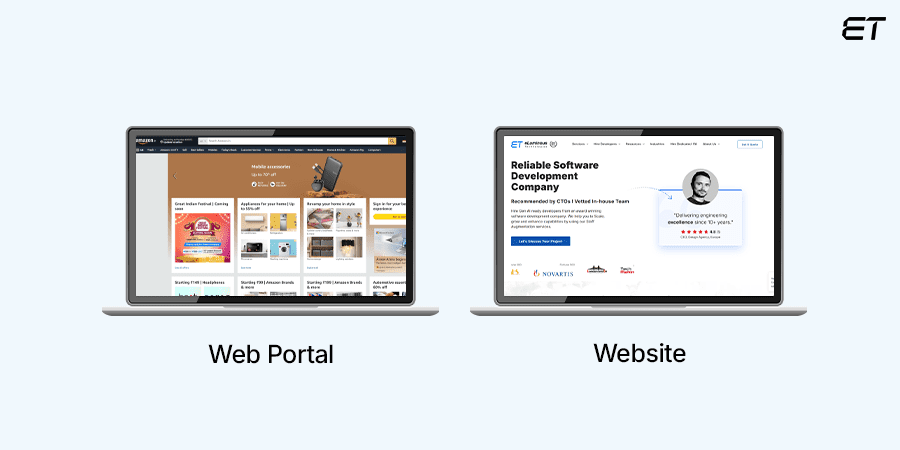
You must be curious to know how web portals differ from conventional websites. This section clarifies all doubts.
We will explain the major differences by comparing portals with websites based on the following parameters:
- Purpose
- Accessibility
- Content
This way, you can quickly distinguish the two online platforms.
Purpose
The main purpose of a custom web portal is to enable users to access various services and content. For instance, an online banking portal allows you to manage your account, pay bills, start a fixed deposit, and transfer money.
Web portals act as a centralized platform to access content that matters to you. On the other hand, websites focus on providing information.
Consider the example of a company’s website. This platform lets you explore their products, services, blogs, and contact details. However, you can’t get tailored information as websites display generic details that are the same for all visitors.
Accessibility
Web portal examples can vary depending on the sector. However, accessibility remains a common trait for all the sub-types. You need to access these platforms with a login ID or a unique authentication process.
So, web portals are more secure and restricted. On the contrary, a standard website doesn’t require you to log in using some credentials. You can open a website at any time with active internet connectivity. For example, a patient portal is accessible only to an organization’s staff and patients. Similarly, a partner portal requires the vendor to login using secure credentials.
Content
The content of a web portal is dynamic and customized for a user. Google is one of the significant web portal examples that displays content according to interests.
A sub-service of Google, i.e., Google News, recommends articles based on your preferences. Another popular online platform called YouTube also functions on the same lines. On the other hand, websites have publicly available static content.
The common website content types are landing pages, blogs, news, or product descriptions.
So, to summarize the main differences, here’s a handy table.
| Feature | Web Portal | Standard Website |
| Purpose | Gateway to services | Information or content |
| Accessibility | Often requires login | General public |
| Content | Dynamic and personalized | Static or limited |
| Examples | Online banking, intranets | Blogs, company websites |
Types of Portal (Web)
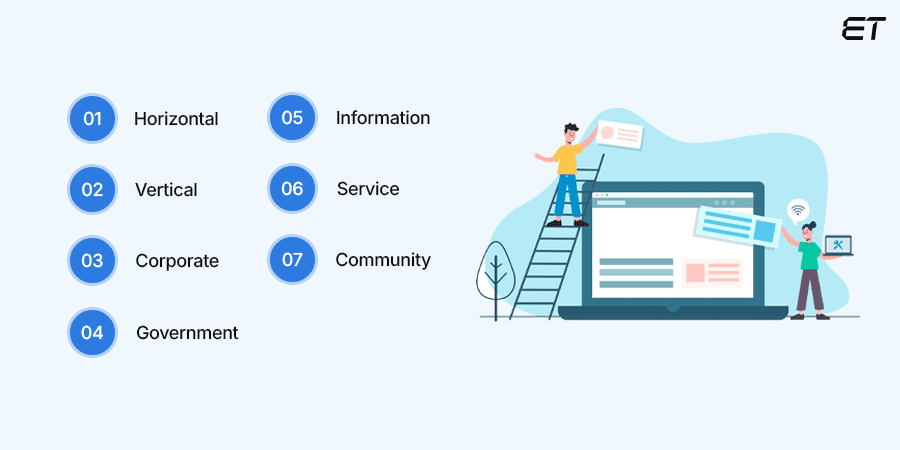
The types or categories are different than web portal examples. In this section, we’ll explain the generic information for specific types. So, you can expect the details to remain the same for the different brands’ portals.
| Type | Utility | Focus Area |
| Horizontal | Offer a variety of services like general news, search, email, and shopping | Target Audience |
| Vertical | Focus on a specific niche or industry, providing specialized content and services | |
| Corporate | Designed for internal use within a company, providing employees with access to apt resources | |
| Government | Created by government agencies to provide information and services to citizens | |
| Information | Provide information on a specific topic or subject | Purpose |
| Service | Online services like online banking, e-commerce, or e-learning | |
| Community | Maintain online communities and social interactions |
In addition to the above types, web portal development services focus on your brand output.
For instance, you can develop search portals that help users find information online. Google and Bing are web portal examples of this type.
In addition, e-commerce portals are famous as they allow users to buy and sell products or services. A good web portal example of this type is Amazon. Education, patient, and sales portals are other niche platforms you can develop based on specific use cases. Skilled developers use apt collaboration tools to develop such top web portals. Now, let’s move on to the focal area of our blog – web portal examples.
Examples of Web Portals
In this section, we’ll mention one well-known web portal example of each type. So, without any ado, let’s begin.
1. Horizontal Portal – Yahoo!
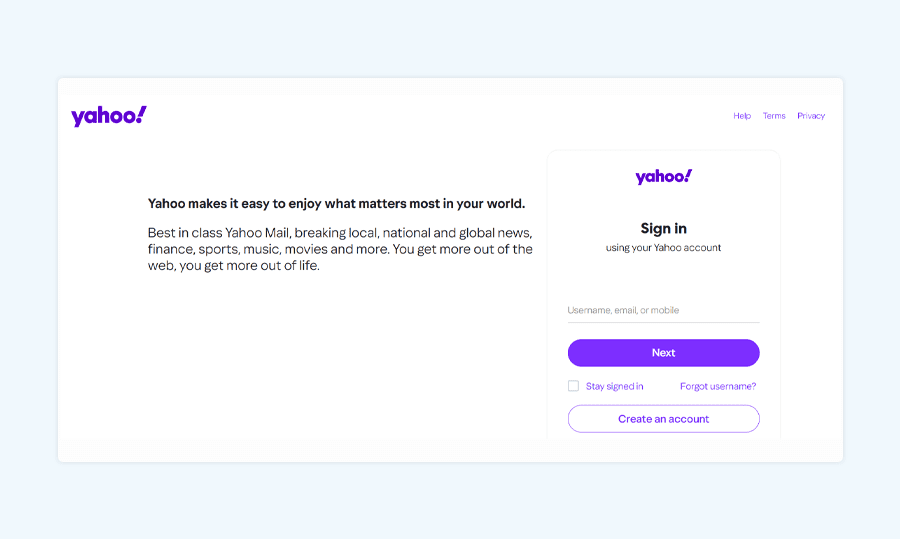
This web portal came into existence in 1994. Here are the main features of this prominent global platform:
- Search engine
- Directory
- News
- Shopping
- Games
As you can notice, a single Yahoo! account is sufficient to access all these services. Over the years, Google became a more popular web portal. However, Yahoo! has a distinct legacy and remains one of the best web portal examples.
2. Vertical Portal – Zillow
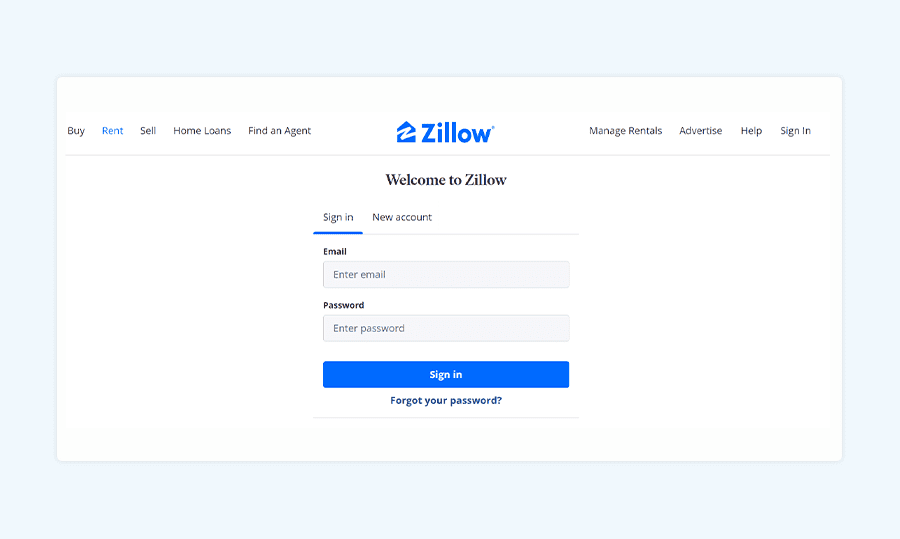
In 2006, Zillow’s inception paved the way for seamless online real estate activities. Through this web portal, you can buy, sell, or finance homes in one place.
Here are the key aspects of Zillow to note:
- Property listings
- Agent reviews
- Mortgage calculators
- Home improvement tools
- Value estimation function
As you can notice, this web portal example falls under the vertical type as it focuses on one niche, i.e., real estate.
3. Corporate Portal – Intranet of an MNC
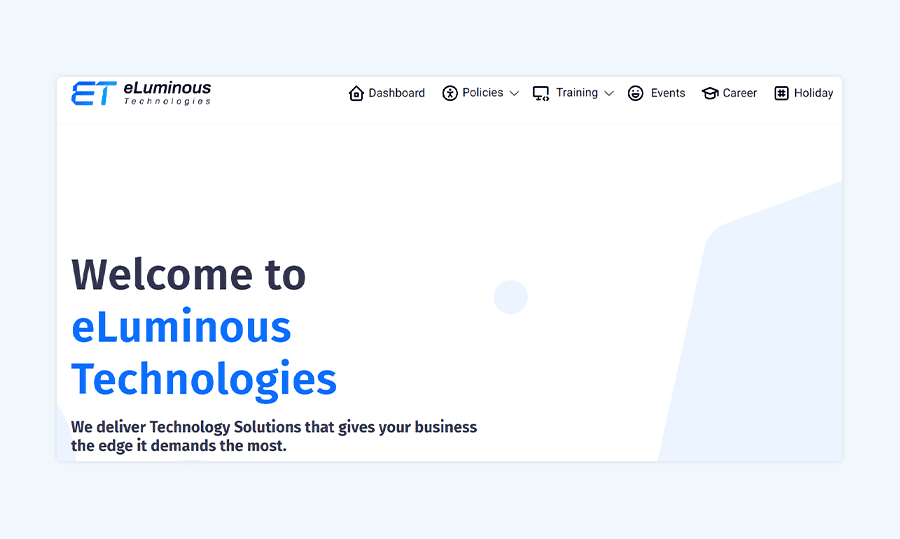
We cannot provide a brand’s example here as corporate web portals contain sensitive organizational data. However, these web portal examples can help you understand the features without hassle.
Generally, corporate portals provide access to internal information and help improve communication among employees. Here are some salient features of a corporate portal:
- Instant messaging
- Discussion forums
- Document sharing
- HR information
- Company directory
- IT support
These platforms improve efficiency, increase productivity, and enhance the overall employee experience. In some cases, the name, employee portal can be used interchangeably.
4. Government Portal – USA.gov
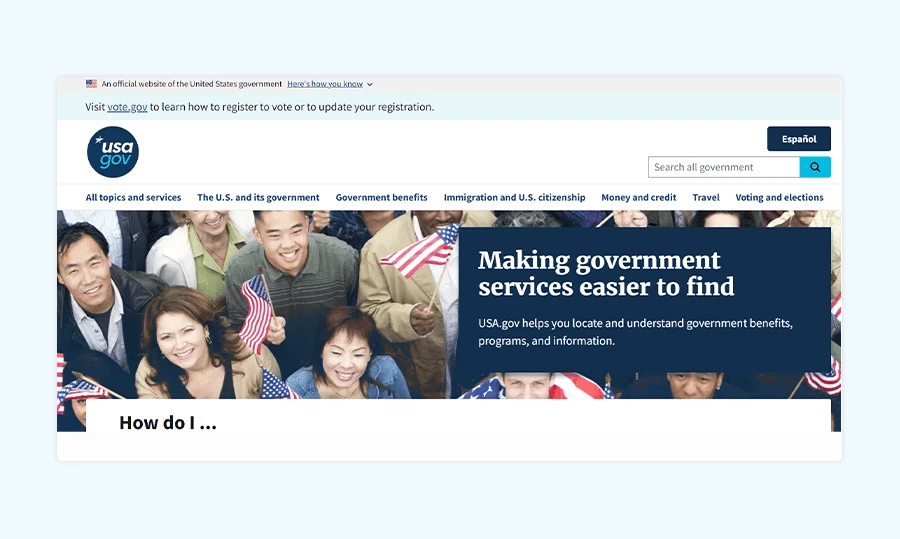
This name is one of the most well-known web portal examples. USA.gov traces its inception in the year 1999. After creating an account, users can access various national services related to federal agencies, departments, and programs.
Here are the main features of this of this fully functional government portal:
- Centralized information
- Multilingual support
- Contact information
- Topic categories
Overall, this government web portal aims to facilitate users receiving up-to-date information on national policies and updates.
5. Information Portal – Wikipedia
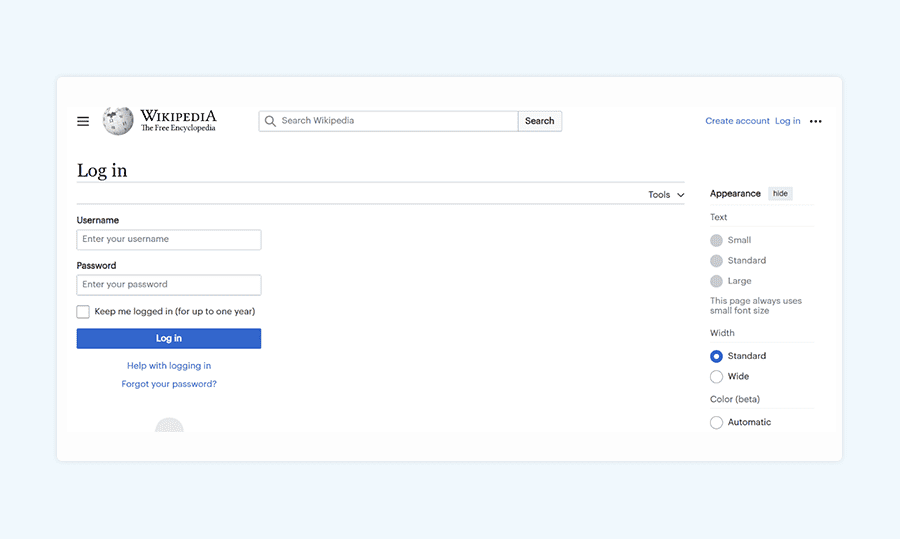
Launched in 2001, Wikipedia has become a go-to destination for gaining information on various topics. This web portal example is still active due to its community of global volunteers.
If you have knowledge in a specific area, it’s possible to create content by logging into this web portal. The following features make it a perfect example of an informative powerhouse:
- Collaborative editing
- Open-source nature
- Multilingual attribute
- Wide coverage
- Neutrality
It’s vital to understand that all the content on this global portal doesn’t undergo strict verification. However, you can still use it as a vital tool, as the volunteers’ intent is to educate audiences all over the world.
6. Service Portal – Amazon
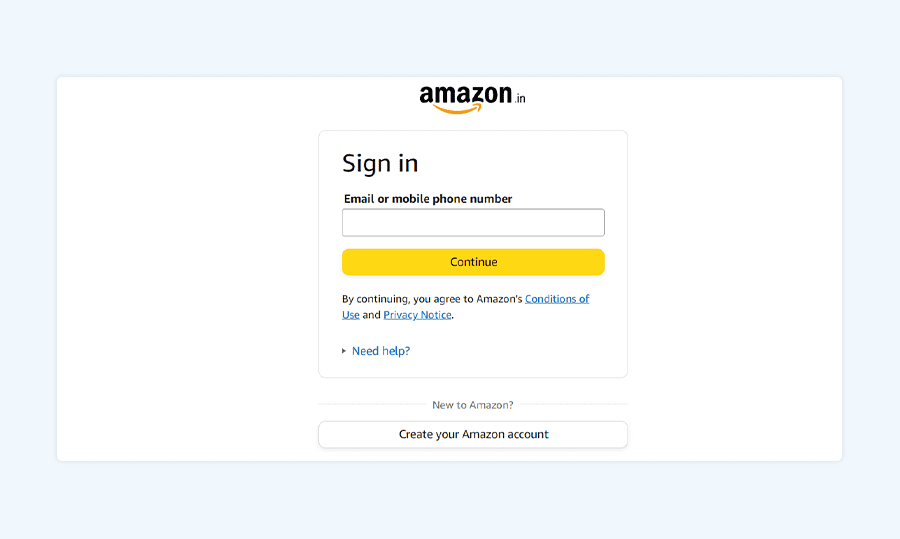
Some web portal examples are evergreen. In fact, many websites mention Amazon as the most suitable name for the service portal category, given the prominence of this e-commerce giant.
Here are the main facets that make Amazon a service portal, a step up from its original e-commerce type:
- Marketplace
- Amazon Web Services
- Prime Video
- Kindle Store
- Alexa
- Amazon Pay
As you can see, such web portals offer many services besides its famous product selection. This web portal example inspires many businesses.
Want to know the concept of a self-service portal? Our blog is the perfect resource!
7. Community Portal – Reddit
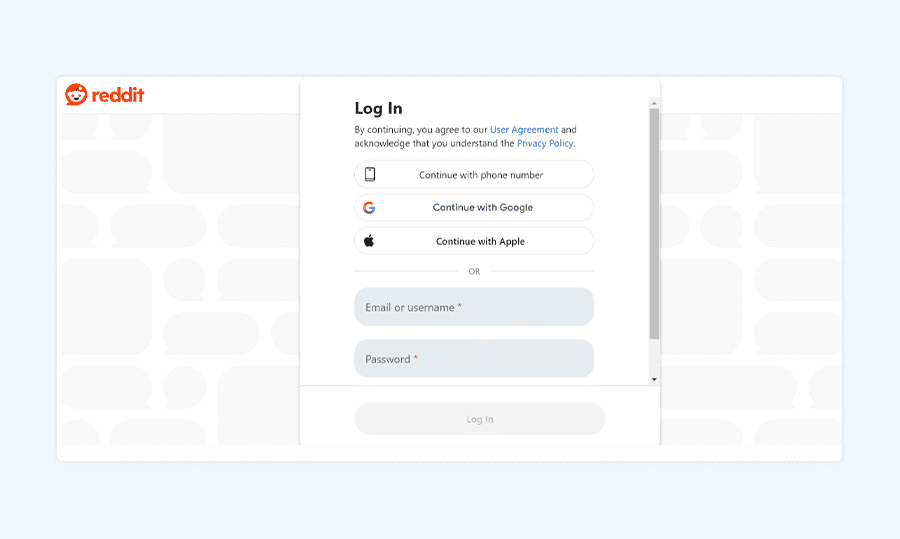
Since 2005, Reddit has become a popular portal for discussions and forums. On this platform, you can submit content and vote on other users’ submissions.
Notably, Reddit has various sub-topics that provide a platform for users to share their views and opinions. These features enhance the functionality further:
- Discussion threads
- Moderation
- Anonymity
- Diverse content
- Point system
All in all, it’s possible to build functioning community portals by studying examples like Reddit. Partnering with dedicated developers adept in web portal development helps accelerate the process.
Special mention: A learning or education web portal is another growing category. As the name suggests, these platforms provide users with academic resources and learning opportunities. Some well-known web portal examples that fall under this type are Udemy, Coursera, and LinkedIn Learning. For more details on this category, you can read our top-ranking blog.
The Benefits of Web Portal
From enterprise intranets to public-facing information hubs, web portals offer a multitude of benefits that streamline communication, enhance productivity, and provide centralized access to vital resources. The advantages of web portals span across various sectors, impacting individuals, businesses, and organizations alike.
- One of the most significant benefits of web portals is their ability to centralize information and services. Instead of navigating through disparate applications and websites, users can access everything they need from a single, unified interface
- Web portals facilitate improved communication and collaboration. For instance, many portals incorporate features like forums, chat rooms, and document sharing platforms, enabling seamless interaction among users
- Another key advantage is the enhanced personalization and customization. Users can tailor their portal experience to their specific needs and preferences, displaying only the information and tools that are relevant to them.
- Increased efficiency and productivity is another benefit. For instance, by automating repetitive tasks and providing easy access to necessary resources, portals streamline workflows and reduce the time spent on administrative tasks.
In conclusion, the benefits of web portals are numerous and far-reaching. As technology continues to evolve, web portals will play an important role in connecting people, streamlining processes, and driving innovation across all sectors.
To Wrap Up
Web portals are unified platforms that allow you to access a brand’s services and content in a personalized way. Different organizations build distinct portals to meet their goals and objectives.
Knowledge of web portal examples can help enhance your understanding of the impact of customization. Today, you can retain and engage target audiences by developing features that help, educate, and add convenience. For this purpose, it’s vital to be aware of the main web portal types.
We covered one web portal example from each category. Yahoo!, Zillow, Intranet, USA.gov, Wikipedia, Amazon, and Reddit are some popular names. With the right services, even you can join the ranks of such brands. So, ensure you choose web portal developers who can understand your requirements and develop a platform accordingly.
Frequently Asked Questions
1. Is YouTube a good example of a web portal?
Yes. YouTube is a video-centric service from Google that provides access to videos, music, and live TV streaming. This web portal example falls under the horizontal category.
2. How can we implement caching strategies to improve web portal performance and decrease server load?
To improve the performance of such platforms, you can implement techniques like browser, server-side, and CDN caching. Ensure you study the best web portal examples before delving deep into the technical area.
3. How can we monetize a web portal?
Adopting revenue models like subscriptions and transaction fees can monetize web portals. Advertising, affiliate marketing, and freemium models are practical tactics common to various web portal examples.
4. What are the portal web page examples?
Common portal web page examples are personalized dashboards displaying user-specific data, such as account summaries or task lists. Another example is a central repository page offering access to various applications or documents. Finally, communication pages, such as forums or chat interfaces, are also some prominent wweb portals.
5. Which are the best online portals?
There is no single ‘best’ online web portal. However, platforms like Yahoo!, known for its diverse services, and LinkedIn, a professional networking hub are some popular examples. Additionally, Amazon, with its comprehensive e-commerce and media offerings, is another well-known name in web portals.





